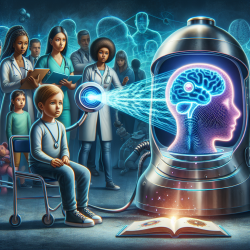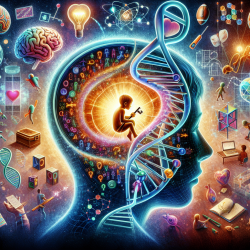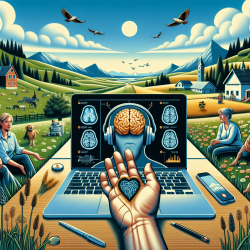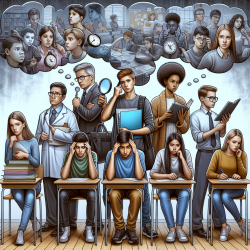The Promise of AI in Autism Diagnosis
Autism Spectrum Disorder (ASD) affects approximately 1 in 44 children in the United States, according to the CDC. The current diagnostic process, heavily reliant on behavioral observations, is subjective and often results in delayed diagnosis. However, recent advancements in Artificial Intelligence (AI) and neuroimaging offer promising alternatives for early and objective diagnosis.
Understanding DTI and fMRI
Diffusion Tensor Imaging (DTI) and functional Magnetic Resonance Imaging (fMRI) are two neuroimaging techniques that have shown potential in ASD diagnosis. DTI assesses the microstructure of white matter in the brain, while fMRI measures brain activity by detecting changes in blood flow. Both techniques provide insights into the neural basis of ASD, offering a more objective approach to diagnosis.
AI's Role in Enhancing Diagnostic Accuracy
AI, particularly machine learning (ML) and deep learning (DL), has been instrumental in analyzing complex datasets from DTI and fMRI. These technologies help in identifying subtle brain abnormalities and patterns that are indicative of ASD. By integrating AI with neuroimaging, researchers have developed models that improve diagnostic accuracy and allow for earlier detection.
Practical Applications for Practitioners
For practitioners in speech-language pathology and related fields, incorporating AI-driven neuroimaging into diagnostic protocols could significantly enhance outcomes for children with ASD. Here are some practical steps:
- Stay informed about the latest research and developments in AI and neuroimaging for ASD.
- Collaborate with interdisciplinary teams to integrate AI-based diagnostic tools into practice.
- Advocate for access to advanced imaging technologies in clinical settings.
- Participate in training programs to understand the interpretation of neuroimaging data.
Encouraging Further Research
While the integration of AI in ASD diagnosis is promising, further research is needed to refine these technologies and make them widely accessible. Practitioners can contribute by participating in research studies, sharing clinical data, and providing feedback on AI-based diagnostic tools.
Conclusion
The use of AI in ASD diagnosis is a groundbreaking development that holds the potential to revolutionize the way we understand and treat autism. By embracing these technologies, practitioners can contribute to more accurate, early, and personalized care for children with ASD, ultimately improving their quality of life.
To read the original research paper, please follow this link: Role of Artificial Intelligence for Autism Diagnosis Using DTI and fMRI: A Survey.










